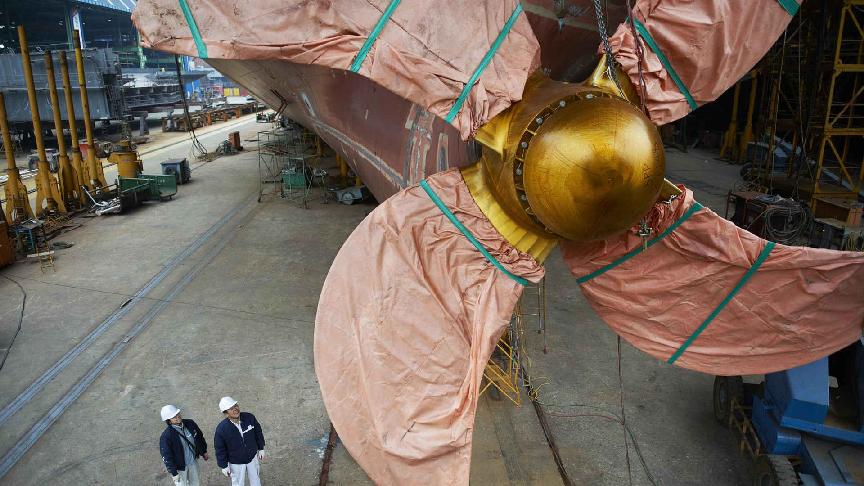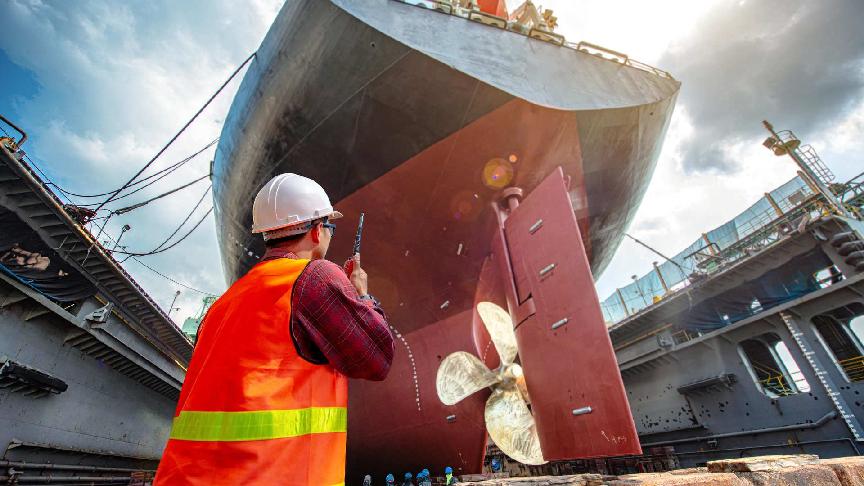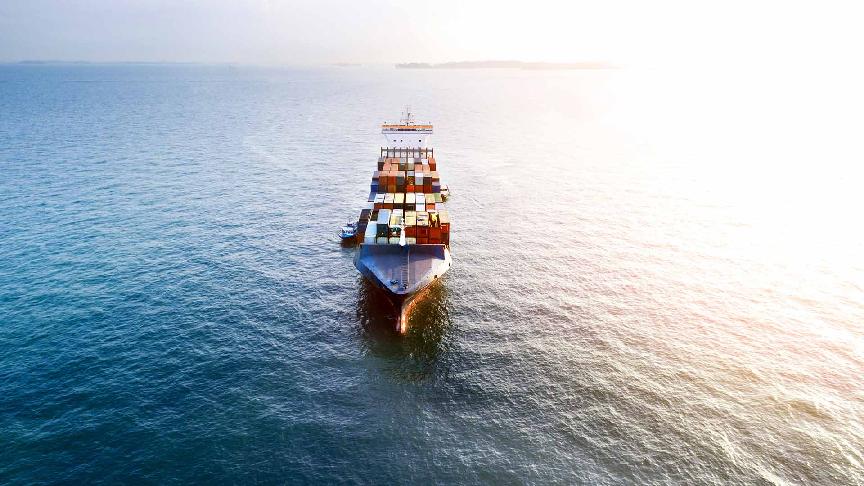23 August 2023 (Lloyd's List) - THE increasing supply of tonnage at the top end of the box ship size range is leading to a return to cascading, as carriers seek to redeploy vessels surplus to demand. After record deliveries this year, the containership fleet has grown 4.3% in capacity by the beginning of August, according to figures from Clarksons, with growth or around 7% expected both this year and next. But that growth has not been across the board.
“The 12,000 teu-17,000 teu fleet is already 9% larger than at the start of the year, while the 17,000-plus teu fleet is 11% larger,” Clarksons said. “As a result, nominal capacity deployed on the Asia-Europe trade — the natural home for the largest vessels — hit a record 5.9m teu in Aug, up 13% from the beginning of the year and up 29% from the start of 2020.”
Transpacific deployed capacity is down 3% from the start of this year, but remains 41% above 2020 levels, while transatlantic capacity is up 6% from the start of the year and up 23% from 2020.
“Supply pressure on the main lanes looks likely to continue to build, with the 12,000-plus teu fleet on track to grow by 36% across this year and next,” Clarksons added.
But this would drive lines to take excess smaller tonnage off these trades and redeploy elsewhere.
“While most vessels of 17,000 teu or larger are still deployed on Asia-Europe trades, deployment of 12,000 teu-17,000 teu vessels is becoming more varied as deliveries mount,” Clarksons said. “Just 29% of this capacity is now deployed on the Asia-Europe, down from around 50% in January 2020 and more than 90% a decade ago, while over 40% of the sector is now deployed on the transpacific.”
Other trade lanes were also now accommodating neo-panamax tonnage, with 10% deployed on the Asia-India sub-continent/Middle East route, and 17% deployed on north-south routes between either Europe or Asia and Latin America and Africa.
“Overall, a record 28% of capacity in the 12,000 teu-17,000 teu sector is now deployed off the main lanes, up from less than 15% in early 2022,” Clarksons said.
That meant that smaller vessels were being cascaded off these services on to the intra-regional trades. Vessels below 6,000 teu accounted for more than 15% of transpacific capacity during the peak of the pandemic capacity shortage in early 2022, but this had since fallen to less than 7% as lower freight rates made these vessels uncompetitive.
“A new cycle of cascading is already in progress as a wave of large ships deliver into the fleet,” Clarksons said. “Cascading and redeployment look likely to remain important tools for liner companies, with capacity management likely to become increasingly complicated and challenging given the scale of expected deliveries.”






